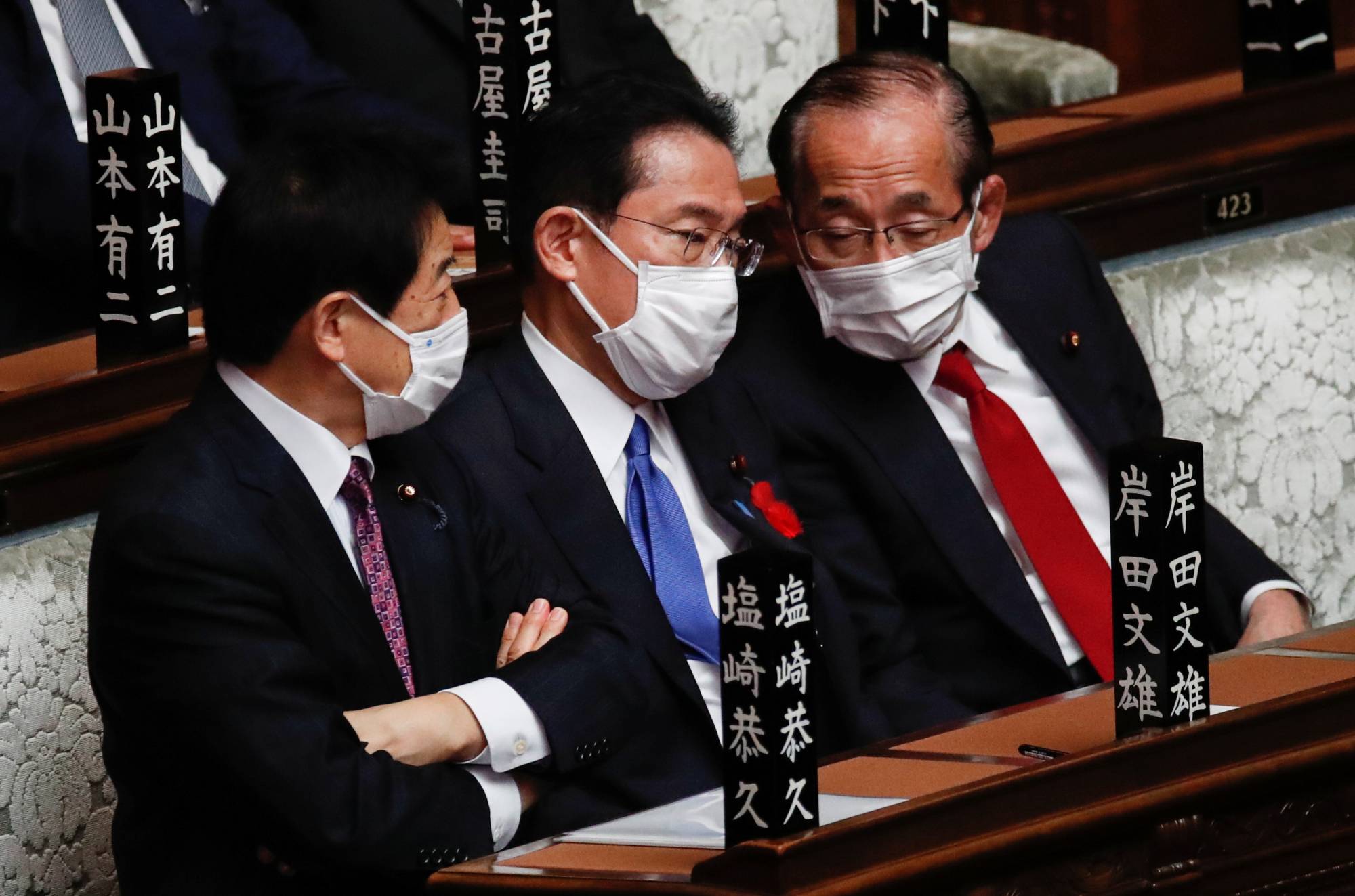On Monday, Fumio Kishida officially became Japan's 100th prime minister. Along with Kishida's formal accession to power came the formation of his Cabinet, in which he made 20 appointments to go along with the LDP executive positions he decided last Friday.
Kishida’s first Cabinet is indicative of the outcomes of the intraparty deal-making that helped elevate him to the country’s top job. Cabinet appointments are tools for managing intraparty politics and have been for decades. A prime minister will use the postings to reward allies, placate or punish adversaries, and satisfy intraparty deals. That’s why it is important to look at not only who gets picked, but which LDP patrons they represent.
A deep look at the Cabinet reveals a few key points.


















With your current subscription plan you can comment on stories. However, before writing your first comment, please create a display name in the Profile section of your subscriber account page.